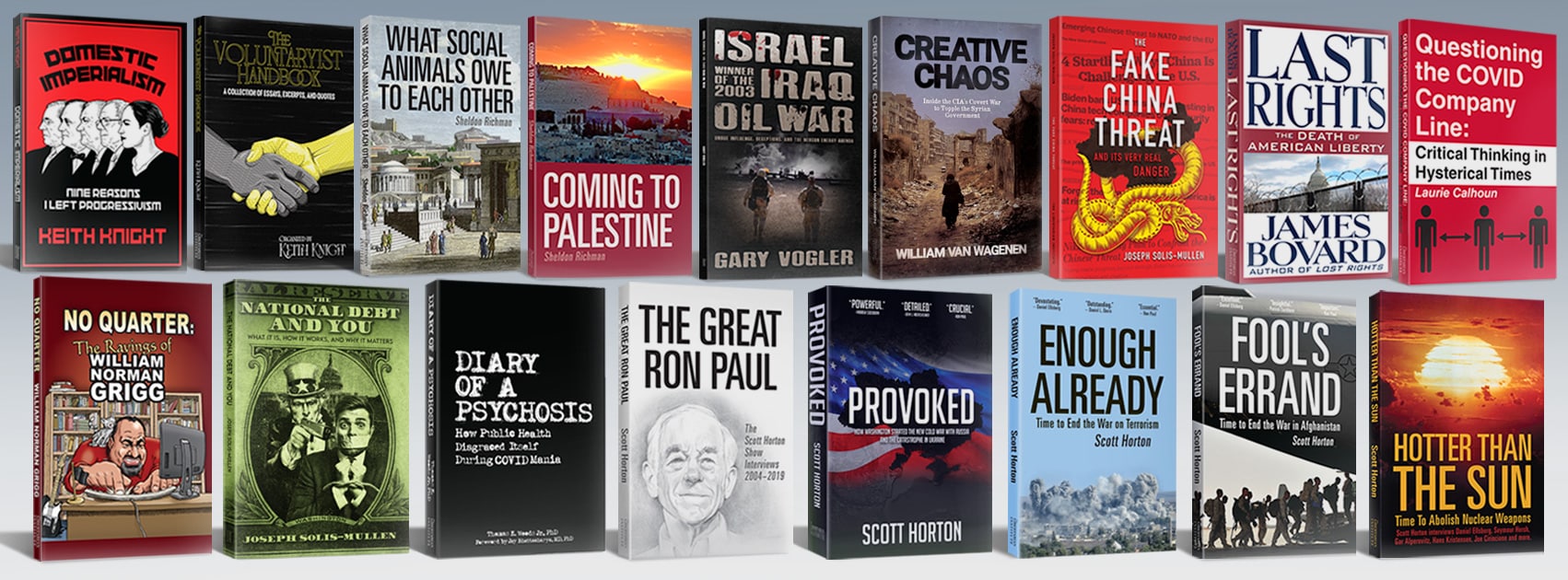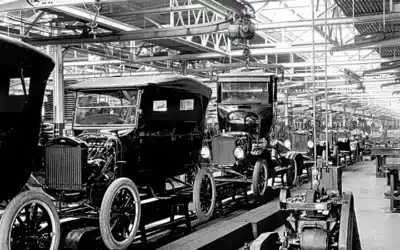If you were to double the money in circulation instantly, society as a whole would be no richer. Printing more zeros on the currency does nothing to produce more of the necessities and luxuries of life.
But wage earners would see the purchasing power of their wages gradually cut by half (at least until they bargained to raise them up to where they were again) as the new money goes into circulation.
How long would it take workers to bargain back their wages? In 2020-2021, the Federal Reserve Bank increased the money supply by 40% (about 2/5ths of the above scenario) and according to the Federal Reserve Bank itself, real median wages have just now (in the second quarter of 2025) recovered to the fourth quarter 2020 level. So it took nearly five years for wage-earners to bargain back all of their losses from the inflationary money-printing in 2020-21, and they became a class left-behind financially. And keep in mind that this was during the past five years where the economy grew about 10% per capita, and the median worker got nothing from those economy-wide gains.

Worse off still are those retirees on a fixed income, like a traditional pension. They never make up the difference.
More to the point: None of these losses are for free. Just as there are losers, there must be winners. Remember, in our fictional scenario where the money level doubles, money printing doesn’t change the total amount of wealth in society. (And in 2020-2025, wealth increased 10% on a per capita basis.)
The people who would get richer would be those who first get the new money in our fictional scenario, the government and the financial sector, as well as billionaires who have their wealth leveraged with debt. They are the ones who get to buy up the assets before the prices rise. Not surprisingly, billionaires and the financial sector became richer than ever during this decade, and five of the ten richest counties in America are the counties ringing the Washington DC capital. “Liquidity flows uphill,” financial analysts say, quite rightly.
In other words, inflation is the most effective instrument in making the rich richer, and the poor poorer.
But what would happen in an alternative scenario where the money supply doesn’t increase much over a long period of time? As it happens, we have a historical case of this happening in nineteenth century America.
In the nineteenth century, real per capita GDP quadrupled, even as the per capita money supply increased by nearly six-fold as a result of the California and Klondike gold rushes and silver mining. So there was some monetary inflation during the nineteenth century, a bit less than 50% over the whole century as a share of GDP.
But there was no price inflation during the ninteenth century; prices actually fell by 50% as a result of increased manufacturing efficiency. Nominal median wages doubled from 1800-1900, meaning that real median wages quadrupled during that time in terms of purchasing power.
In other words, the purchasing power of wages increased about as fast as the economy in general, meaning wage-earners got to bargain to gain pretty close to a full proportionate share of the economic gains.
The Federal Reserve Bank’s website states that two percent or more price inflation every year will “contribute to a well-functioning economy and the well-being of all Americans.”
The problem here is that working people don’t figure into what the Federal Reserve refers to as “all Americans.” Inflation stimulates the well-functioning economy of the sector that the Federal Reserve Bank has always worked for: billionaires and the financial sector.
In its most recent statement on October 29, the Federal Reserve Bank’s Open Market Committee stated, “The Committee is strongly committed to supporting maximum employment and returning inflation to its 2 percent objective.” And they put it that way because it’s a lot more politically tolerable than saying it more honestly, “We want to cut working people’s wages by two percent or more every year, forever, so we can enrich our billionaire friends.” Inflation is class warfare against the working class by the billionaire class.
















